Introduction
“How can you find, explore, and/or expand your passion?”
During our final unit of Junior year, we used our knowledge gained from the Freestyle curriculum to explore our own passions and to learn a new skill.
I chose to explore color theory and color grading in film. Throughout my education, I’ve taken multiple art classes, all of which have introduced me to color theory, the color wheel, and color themes. However, I wanted to venture deeper into this topic by investigating the connotations of specific colors and color schemes. The applicable skill I learned for this unit was color grading in DaVinci Resolve. DaVinci Resolve is an exceptional editing program that provides a wide variety of tools particularly for colorists. After gathering research on color theory and learning the basics of DaVinci Resolve, I wrote and filmed my own short scene displaying all that I’d taught myself over the past month. Overall, I improved my self-direction, technological literacy, and visual literacy (21st Century Skills).
Process
1. Color Theory
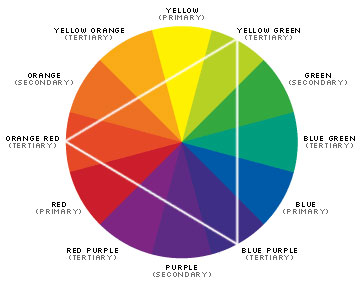
I furthered my knowledge about the color wheel and color schemes, and I decided on two color schemes to portray in my scene: triadic and analogous. A triadic color scheme consists of three colors evenly spaced on the color wheel (equilateral triangle), while an analogous color scheme is made up of colors all next to each other on the color wheel.
2. Pre-Production
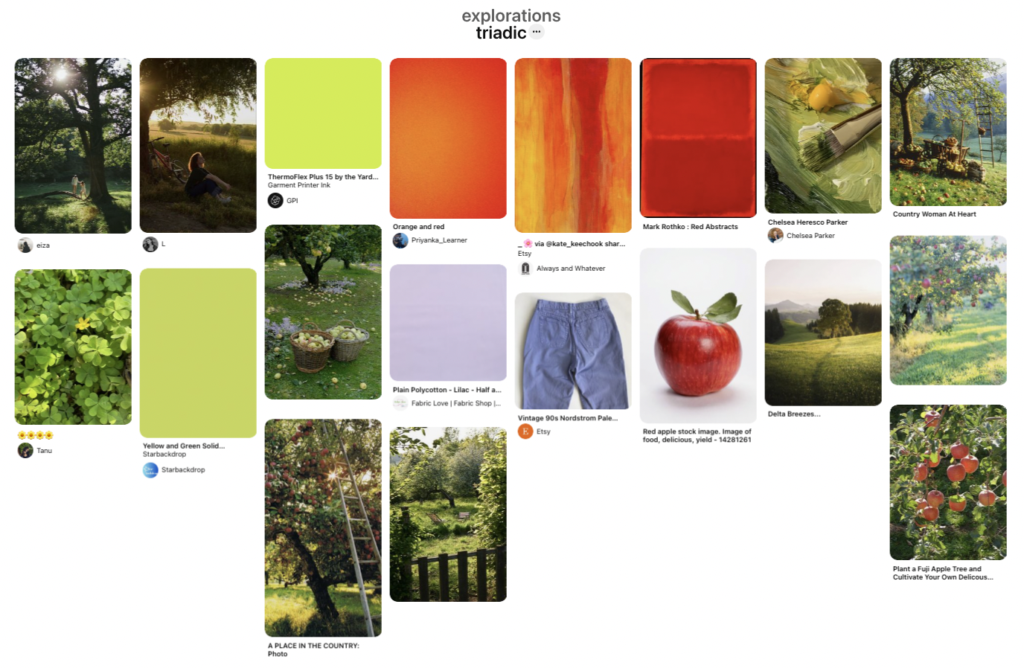
During the pre-production phase of my project, I wrote a brief scene about an apple with my two color schemes, which I decided to combine through match cuts. I gathered inspiration from Pinterest and organized a shot list.
Triadic color scheme: yellow-green, blue-purple, red-orange
Analogous: red, red-violet, violet
3. Production

On set, I used split red and purple lighting to create contrast on my actor’s face. I also customized the white balance in both color schemes to make the triadic scene warmer, and the analogous scene cooler toned.
4. Post-Production
I learned about color spaces (a range of colors on a spectrum that can be interpreted and displayed on a visual plane) and how to convert the color space of the camera I used to the color space of the display through color management. My friend graciously let me borrow her camera, which shoots in LOG. LOG format uses an optimized gamma curve to preserve as much information as possible in highlights and shadows. This results in grey, desaturated footage that allows for more color adjustments without breaking the image.
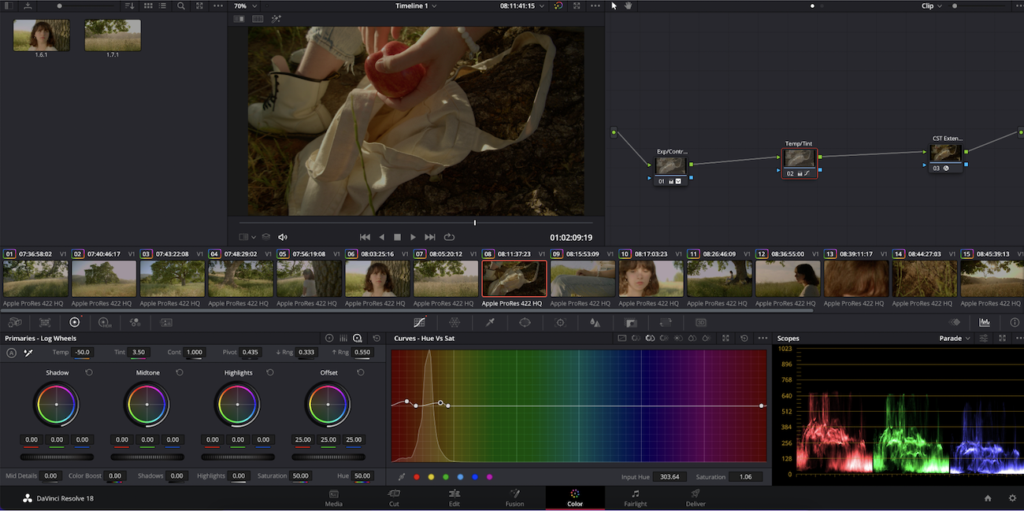
Furthermore, I taught myself how to color grade in DaVinci Resolve, which displays each adjustment as a node on a node graph- like layers in Photoshop. I used tools such as Color Space Transform (CST), Primary Color Wheels, Log Color Wheels, and RGB Curves to achieve my desired look for both color schemes.
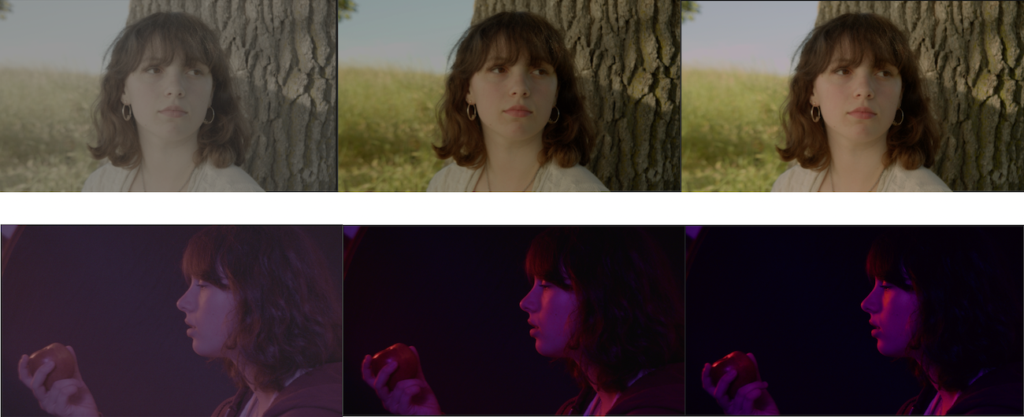
Final Production
Experimental Music
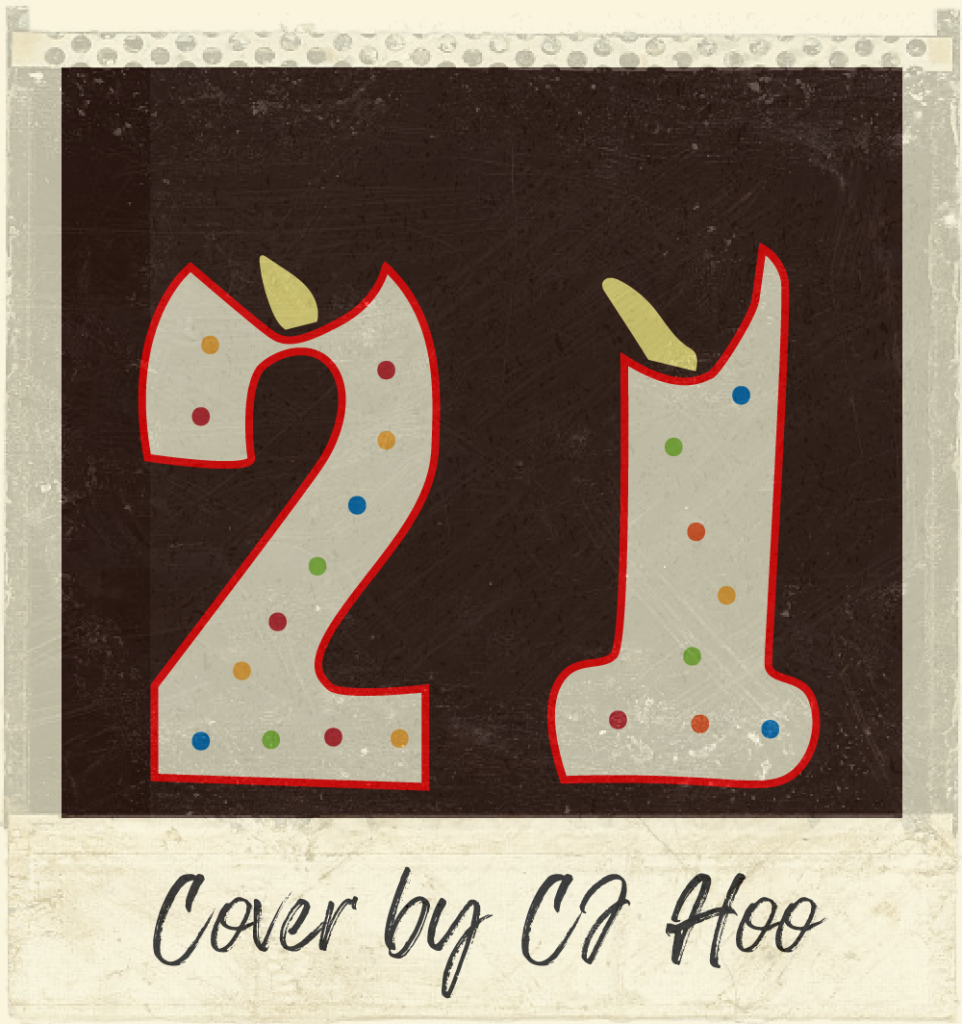
Our final Digital Media class production for this year was an experiment with music using MIDI in Pro Tools. I primarily used the Mini Grand piano to attempt to recreate one of my favorite songs, “21” by Gracie Abrams. I really valued this experience because I had never played the piano before, and I truly gained insight into the art of music production. I also realized that anyone could produce music with just a computer, Pro Tools, and a keyboard. I used the Mini Grand, Boom Drums, and Guitar plug-ins to recreate the song, and I edited the notes in the MIDI Editor to make the timing more precise and accurate. Finally, I used Adobe Illustrator to design album art for my cover song.
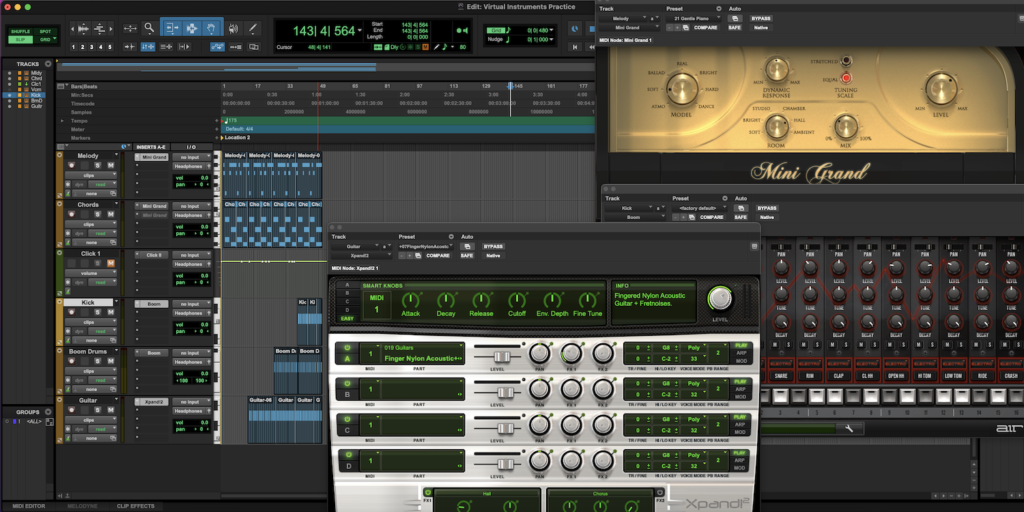
Lyrical Essay

In English, we learned about the lyrical essay, which is not confined to the rigid rules of a traditional essay. We read a variety of lyrical essays to eventually find inspiration for our own. I decided to write about the drive to Westwind, a local green space that I frequent by myself and with my friends. I formatted the “essay” as GPS directions, but added my commentary and trains of thought in Chicago Style footnotes and citations.
Reflection
Overall, I’m very grateful for the opportunity to get a whole unit to explore my passions at Freestyle, and I feel like all of the work we did this year culminated in completing this project by myself. Of course, I had help and support from all of my friends and teachers, but I believe that I was more hands-on during this project than on any previous one. I am proud of my organization and proactiveness, and I really feel like I learned not only about a new skill, but also about myself and my own abilities.